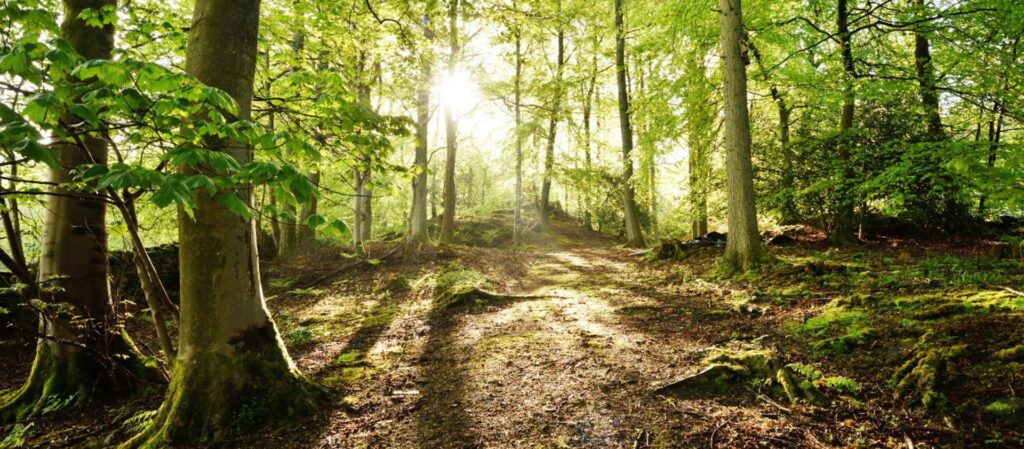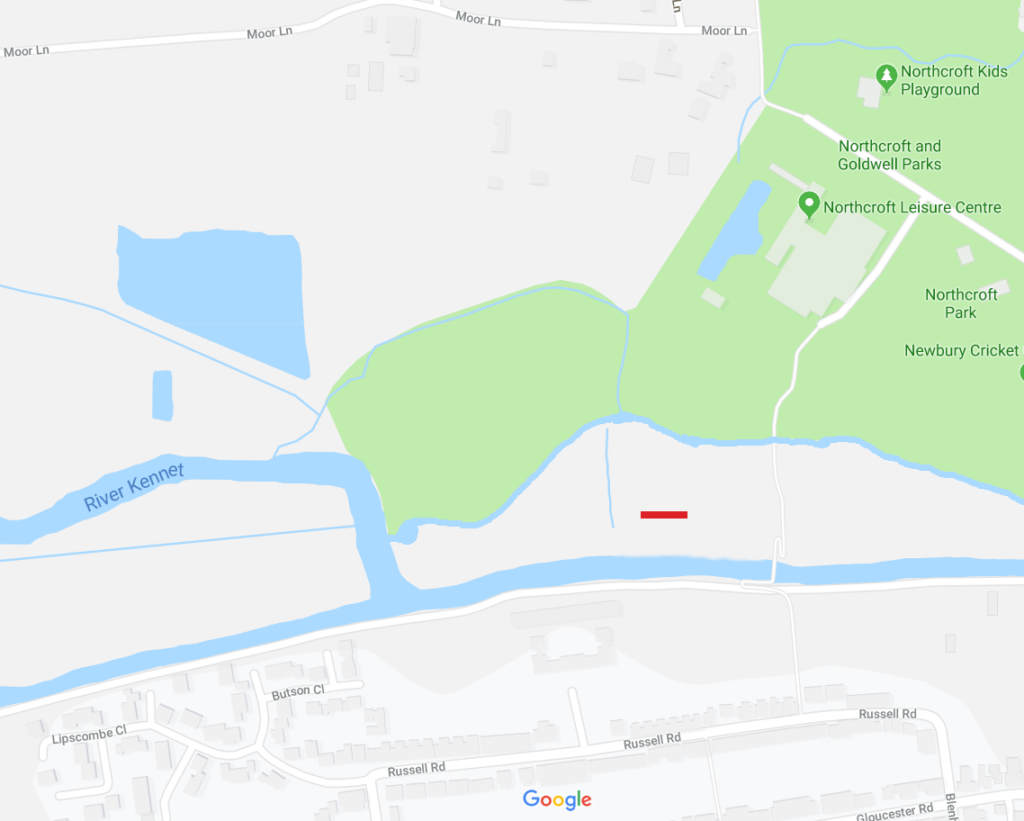Trees
What is not to love about trees. They remove our hydrocarbon pollution from the air and give us back air to breath. We have to stop polluting so much and quickly, but we also need to sort out the mess we have already made and trees are a very good way of doing that. Yet we have a lot less of them than we used to.
The two world wars reshaped the forest landscape of the UK through the necessity of war. However, we have never made any serious effort to put it back. The forestry commission set up after world war 2 has had mixed results and are now spending a lot of effort removing mono-culture pine plantations they previously planted. Of course the agenda then was very different from now, with the nations security and economic well being at stake. They are now however, more motivated by conservation which favours more random and diverse natural habitats. Which are key elements in survival of diseases and adapting to climate change.
The Kennet Valley had many Coppices and Withy beds that were traditionally managed, but have been left for decades as we no longer value the materials they provide. This has created an unnatural balance of species in some areas. Management as well as planting of woodland is required to get the best species rich habitat for a sustainable future for all.
There is an old expression (slightly modernised) ‘A person doesn’t plant a tree for themselves, but for their grandchildren’. It is a lovely reminder of the olden ways where things were done properly to sustain ourselves with a long term view. Sure, that is because times were hard and life depended on good planning. But does that mean because we live in easier times we shouldn’t concern ourselves with our children’s and grandchildren’s futures?
And more to the point we have a bit of catching up to do!
And it really is very easy! Get tree, dig hole, put tree in hole, put soil back; repeat. But I would appreciate it if anyone could lend me a hand!

Planting of trees
The aim of this project is to leave a legacy of some large native capital trees and supporting species.
- A small wooden fence boxed area to enable a few tree saplings to establish, similar to Hungerford common.
- Enhanced by a few native woodland plants and wildflowers
- Placement of habitat enhancement features such as bird boxes, insect hotels, etc.
- Gentle management and monitoring
